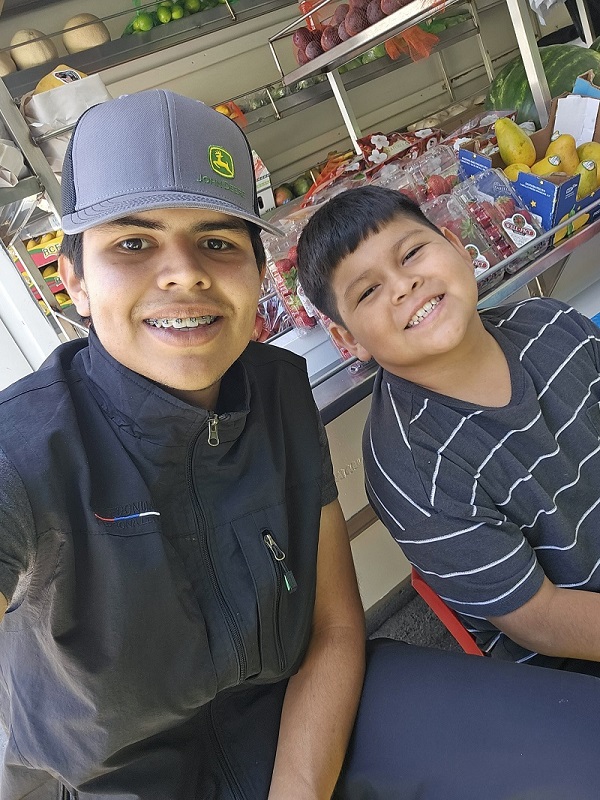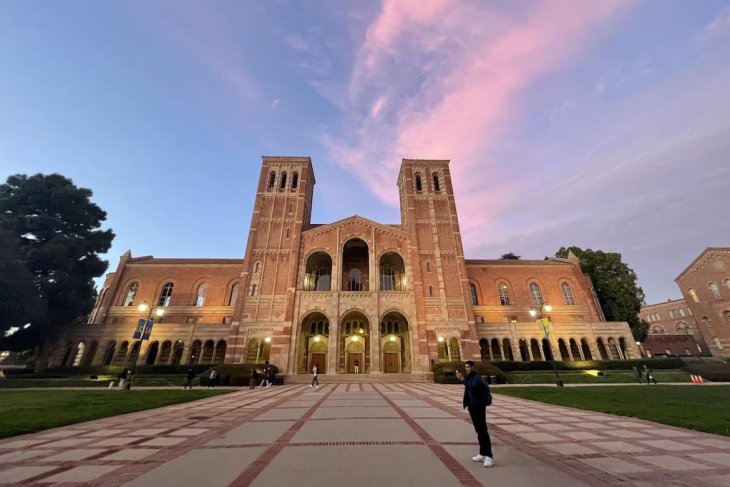Los Angeles’ women leaders gather to discuss Report on Status of Women and Girls in California and share actionable insights
Mount Saint Mary’s University, the only women’s university in Los Angeles, released its annual report, The Report on the Status of Women and Girls in California™, during a sold-out public event at the Skirball Cultural Center. This year’s report, titled “Advancing Equity: Leading With Meaning and Purpose,” highlights a wide range of issues from educational attainment and occupational disparities to earnings and wealth gaps, health and wellness, and work-life balance. The report is produced annually by the Center for Advancement of Women at Mount Saint Mary’s and marks the 12th edition.
The release event featured prominent Los Angeles-area women leaders who shared insights toward reaching gender equality in the city and state. The event included speeches by Los Angeles County Supervisor Holly J. Mitchell, Los Angeles Area Chamber of Commerce President and CEO Maria S. Salinas, incoming CEO of Los Angeles Homeless Services Authority Va Lecia Adams Kellum, and executive director of the CA Commission on the Status of Women and Girls Holly Martinez.
Ann McElaney-Johnson, Ph.D., president of Mount Saint Mary’s, said, “We produce the report each year to create a platform for discussion, to examine the progress women have made in our state, and to explore the challenges and opportunities still ahead of us. By working together, we believe we can find solutions to advance gender equity.”
This year’s report revealed several key findings. The median earnings of California women working full-time increased by 14% from 2019 to 2021, while earnings for women working part-time rose by 9%. However, median earnings for white women working full-time in 2021 equaled $73,059, while Latinas earned $40,524. The estimated median wealth of White men nationally is $83,440, compared to $66,930 for White women and $6,700 and $6,000 for Latina and Black women, respectively.
Additionally, the report found that 21% of households headed by women, with no spouse present, experience poverty, and that percentage increases to 29% for women-headed households with children. Despite more people working from home, housework and childcare remain the mother’s domain, with 77% of families where the mother is employed saying they have the responsibility for housework and 61% saying they have the responsibility for childcare.



























